.
Where February still represents winter with a hint of spring as the days get longer, March is quite the opposite: spring with a hint of winter. There’s something magical about that transition from winter’s quiet to spring’s promise that gets my – still too clean – fingers itching and making me want to dig in the dirt. With rising temperatures in March, the list of vegetables to sow and plant grows as well.
While we can seed-start cold-sensitive veggies indoors, there are a few robust vegetables that can already be sowed and planted outdoors. Read on to learn what to sow and plant in March.
Seed-starting indoors
By now I guess you’re no newbie to seed-starting but there’s no harm in reading up and learning about all the necessary steps and equipment when seed-starting veggies, herbs and flowers.
Loofah
Loofahs belong to the cucumber family. As they like it very warm, they can only be cultivated in the greenhouse in my zone (7b). If you also want to include loofahs in your garden, now is the time to start them indoors. In my experience, it helps germination when we roughen up the seeds by grinding their edges on sandpaper and afterwards soaking them in lukewarm water for 24 hours before putting them into the soil.
Loofahs – like cucumbers – don’t like being transplanted, so I take larger pots and put in one seed per pot. That way their roots won’t get meddled with and we only have to disturb them once when we plant them outside.
Tomatoes
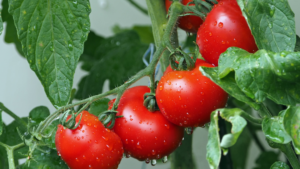
Mid-March is the right time to start all those tomato varieties indoors that you want to cultivate outdoors. Tomatoes for the greenhouse can already be started in February but if you have missed it then, it’s not too late to start them now.
Sow several seeds per pot and thin them later.
For more tips on growing healthy tomatoes look here.
Eggplants, chillies and peppers
Usually, eggplants, chillies and peppers are started in February or even January because they need quite a long time to grow. You can still start them now, however! They may be a bit behind their time but it’s not too late to grow them.
Greenhouse cucumbers
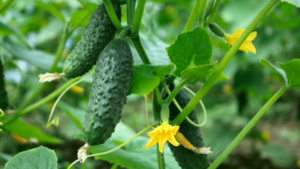
It’s too early to start cucumbers for the great outdoors but if you want to cultivate them in the greenhouse, now is the time to start them. As with loofahs, cucumbers do not like to be transplanted, so take a large enough pot and put only one seed into it. That way, they need not been thinned and can later be planted in the greenhouse without having their roots disturbed.
Leek / Onions
Sow winter leek and – if you haven’t already – onions. I either sow 2 – 3 seeds per small pot or I take a larger container and sow them in rows that I will be thinning later.
Onions I usually sow in small pots with three seeds per pot. When I transplant them later, I leave those small bundles of three together.
Lettuce
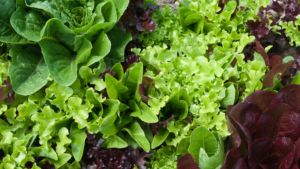
It’s best to sow lettuce every 3 – 4 weeks to ensure a continuous supply. There are some varieties that we can sow outdoors in March while at the same time seed-starting later varieties indoors. When it gets warmer, we can replace the harvested lettuce with those pre-grown plants and at the same time sow lettuce in different varieties directly into the beds.
Herbs
Parsley needs a really long time to germinate and if you haven’t started it already in February, now is the time to do so.
Herbs, like basil, savoury, chervil, cress and others can now be pre-cultivated indoors, as well. Either sow several seeds in large pots (and thin them later if necessary) or take small seed trays and put one seed per tray.
Cabbages
We have already seed-started different members of the cabbage family in February, but we can still sow (again)
Red and white cabbage
Kohlrabi
Broccoli
Cauliflower and
Savoy cabbage
Remember to label the pots and note meticulously the kind of vegetable you’ve sowed and its variety! You won’t be able to deduce it from the seedlings later. Believe me, I’ve been there and you won’t want to make the same mistake.
Nasturtium
Nasturtium is a great companion for cucumbers. It attracts insects that are harmful to cucumbers like aphids, white flies and squash bugs and thus acts like a life trap to keep them away from the sensitive cucumbers. At the same time, it confuses and deters cucumber beetles and nematodes.
If all that wouldn’t be enough reason to plant nasturtium, it’s also a pretty sight in the garden with its beautiful flowers and the whole plant (flowers, leaves and seeds) is edible.
Enough reasons to grow nasturtium? Grab your seed package and seed-start it now!
Potatoes
Sprouting your potatoes in March will give them a headstart for when you plant them in April. To sprout potatoes, lay them out on a surface and expose them to the light, for example on a windowsill. I usually use egg cartons in which I put the potatoes. After a few days, we can see small sprouts growing out of the potatoes.
What to sow and plant outdoors in March
Depending on your hardiness zone, it may still be too early to sow anything outdoors, but in zone 7b, where I live, it’s ok to do so – IF we cover the seeds with protective covers or sow in the cold frame.
Before we sow (or plant) outdoors, it’s important to weed the beds meticulously and remove the mulch so that the soil can warm up. Read up on other essential garden tasks in March here.
Vegetables we can sow outdoors now are
Sugar peas
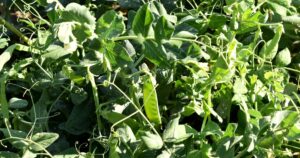
There are early varieties that can be sowed outside mid to end of March. Just remember that peas are climbers and therefore install a trellis or net between the rows.
Carrots
Again, we’re talking early varieties here. If you have planted onion bulbs in autumn, sow the carrots in the rows between the onions. That way, carrots and onions will protect one another from harmful pests.
Broad beans
You can either sow broad beans outside in late autumn or now in March. It’s also possible to seed-start them indoors in January and plant them out now.
Broad beans are very tolerant to low temperatures and can even stand light frosts which is why they don’t need protection against the cold. I usually cover them with fleece anyway, if not for their sake then at least for my peace of mind…
Lettuce
We’re talking about varieties here that are very tolerant against cold temperatures like Asia lettuce and winter purslane. If we sow those outdoors now in March and later in April plant the varieties we have seed-started indoors now, we can continually harvest different kinds of leafy greens. This method of sowing vegetables every 3 – 4 weeks is called succession planting which not only ensures a continuous harvest but also that our beds are always covered.
Radishes
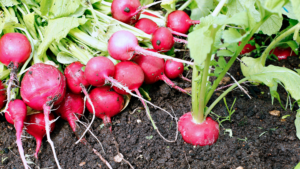
Radishes can either be sowed in a cold frame, a greenhouse or outdoors with protective fleece As they have an exceptionally short maturity time, sow them every 2 – 3 weeks to have a continuous harvest.
Spinach
Spinach is almost a no-brainer: sow it, cover it with winter protection fleece and just let it grow. It’s usually quite tolerant against the cold and will grow well under protective cover.
Planting outdoors
Before we plant anything outdoors, it’s important to harden the seedlings off by gradually exposing them to outdoor temperatures. Start by putting your plants outside or in the greenhouse for 2 – 3 hours at first and prolong that time over the course of a week before transplanting.
Lettuce
Lettuce that we have started in February is now ready for transplanting outside. Make sure that the seedlings are not planted too deep or they may rot. As a rule of thumb, put them into the soil as deep as they were in the pot.
Strawberries
Plant strawberries in March, at best different varieties that will ensure a long harvest, and cover them with protective vlies.
Spinach
If you have started spinach indoors, now is the time to transplant it, otherwise you can sow it now directly into the patch (see above). No matter which way you take to get spinach into your garden, it will still need a protective cover against too-cold temperatures.
Garlic
I usually plant garlic bulbs in autumn but you can still do so now. Hop over here to get a detailed guide on how to best plant garlic.
Although it can still be cold outside, March is a busy month for us gardeners, so get out and have fun in the dirt!

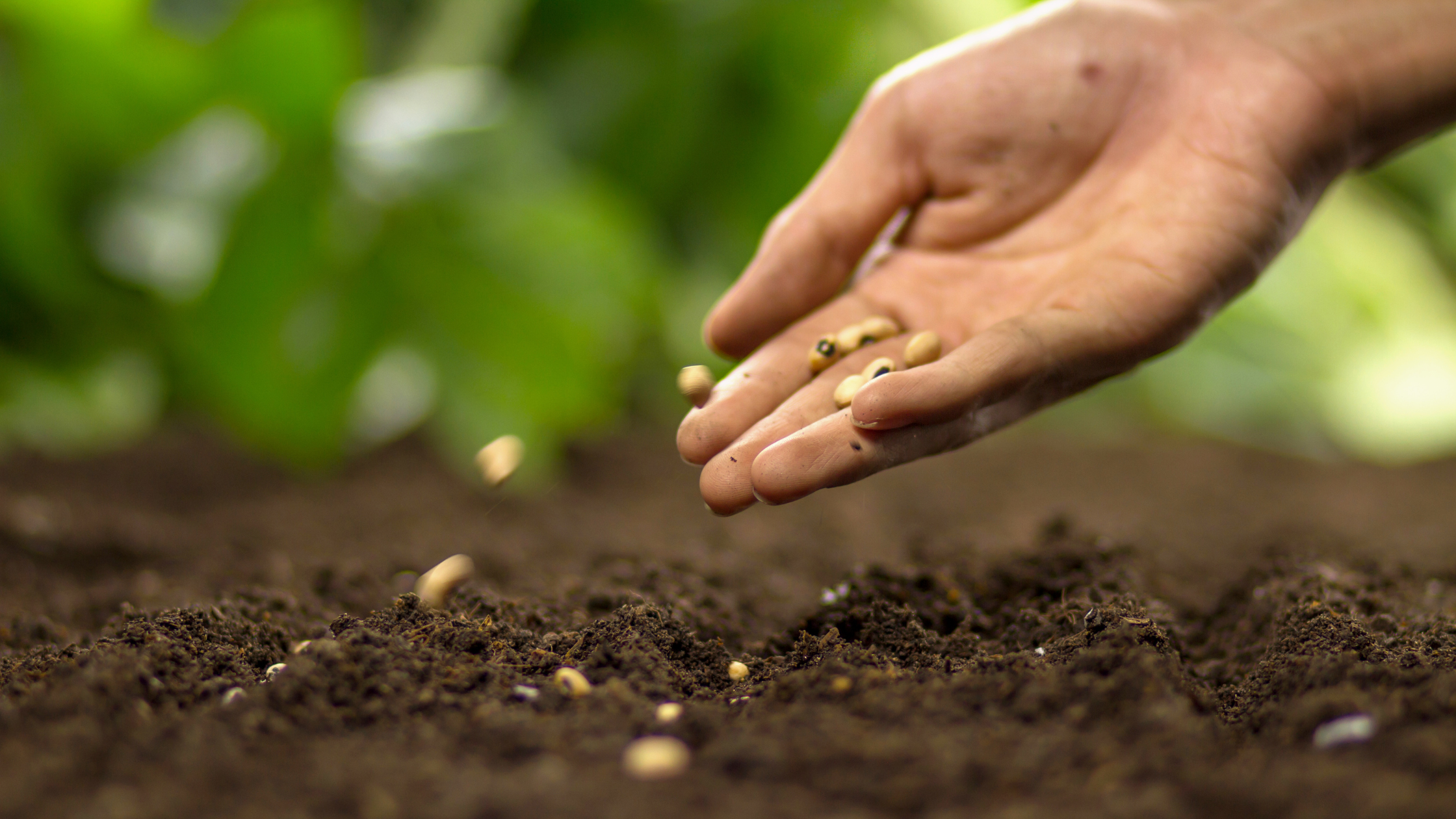
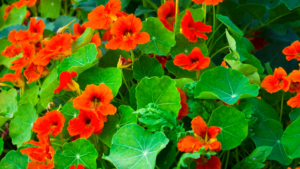
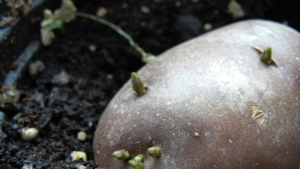
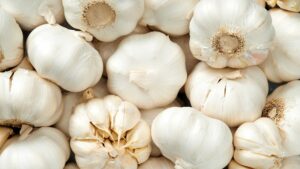
0 Comments